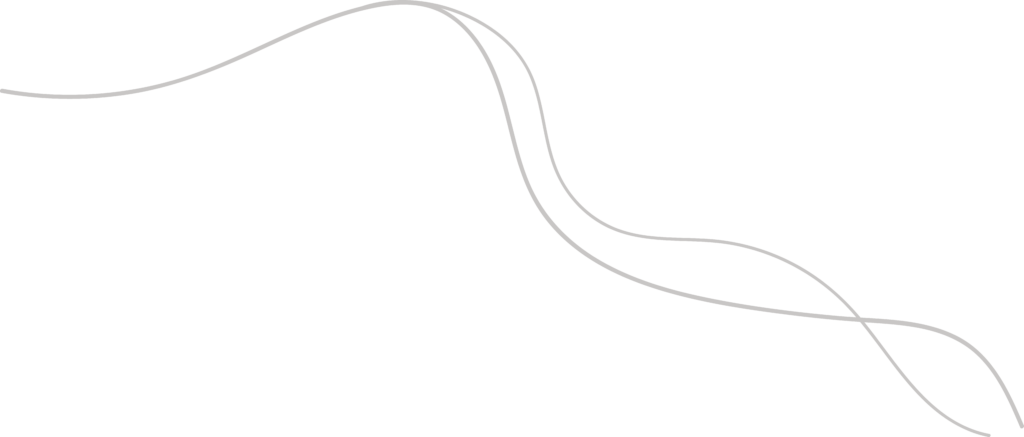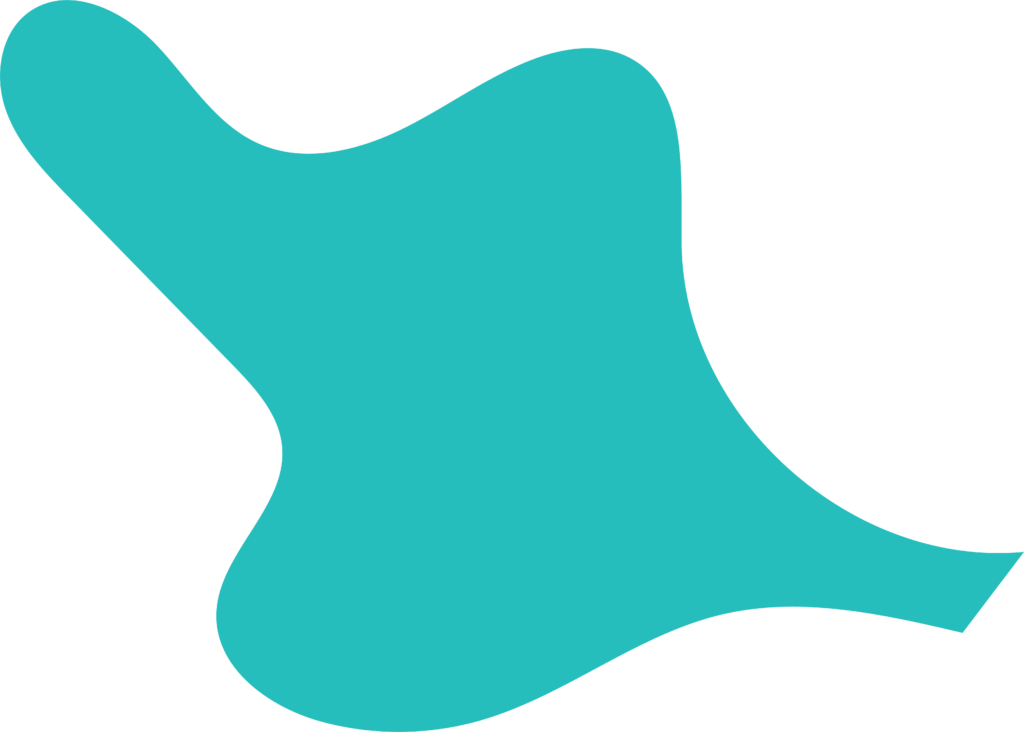Patient data can be extremely helpful for improving health. If properly utilized, valuable insights can be generated, leading to better care for all. To do this, we need a way to overcome the incompatibility of information systems used by different healthcare providers, so that we are able to conduct large-scale research projects using data from multiple sources. The key to this lies in implementing data standards, such as OMOP and FHIR – specific methods developed for the storage, sharing, and interpretation of healthcare data.



